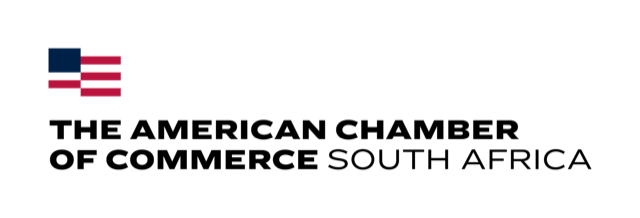Ford starts big new chapter in South Africa
Ford has officially begun the full-scale production of the first-ever Ranger plug-in hybrid (PHEV) at its Silverton factory right here in South Africa.
The PHEV is exclusively produced in South Africa for export, tapping into the global demand for models with new-energy powertrains.
“The addition of the high-tech new Ranger PHEV to our production portfolio is an important milestone in Ford’s manufacturing history in South Africa,” said Ockert Berry, VP Operations, Ford South Africa.
“This makes the Silverton Manufacturing Plant central to Ford’s Ranger sustainability efforts, as we are the global source for both the new plug-in hybrid and the established Ranger line-up exported to over 100 markets.”
A big day for Ford
The Silverton Manufacturing Plant has been designated as the global production hub for the Ranger PHEV, which has seen multiple upgrades to enhance its capacity.
According to Ford Motor Company South Africa, the factory now has the capacity to assemble 200,000 vehicles annually, which works out to approximately 720 units per day.
Of this figure, 200 units are the new PHEV models, which are built in both left- and right-hand drive for various export nations.
Europe is the primary recipient of the South African-made Ranger, and the PHEV marks the first time that the Ranger is being exported to Australia and New Zealand, as these markets otherwise receive their bakkies from Ford’s Thailand facility.
The assembly process for the PHEV is no easy task, mind you, requiring the installation of a brand-new battery plant with a 1,376 square metre production line and a 2,116 square metre logistics warehouse capable of putting out 62,000 power cells annually.
The batteries undergo vacuum testing with differential noise cancellation, which allows the company to eliminate environmental interference.
“This facility is among the first to separate low voltage, vacuum leak, and high voltage testing for enhanced production quality and safety,” said Ford.
The Blue Oval also has an adjacent chassis plant in the Tshwane Automotive Special Economic Zone – the only Ford-owned facility of its kind – which has its own assembly lines for the PHEV chassis and component integration.
Ford’s 10,320 square metre stamping plant, meanwhile, introduced new dies for the PHEV’s charging ports, while the 44,000 square metre body shop has a new line responsible for the PHEV’s load box, which requires a different design to accommodate the larger hybrid battery.
Finally, there’s the trim, chassis, and assembly line, which has been modified to integrate PHEV components including a new battery sub-assembly line.
The Ford Ranger Plug-in Hybrid
The centre piece of the Ford Ranger PHEV is the brand’s 2.3-litre EcoBoost petrol engine, which is not available to South African customers but can be found on the both the Ranger and the VW Amarok overseas.
On its own, the petrol engine generates a total of 201kW and 420Nm, but the powertrain is also assisted by a 75kW electric motor and an 11.8kWh lithium-ion battery.
Combining all of these elements means that the bakkie has an impressive output of 205kW and 690Nm – the highest torque stat of any Ranger.
This allows the bakkie to tow up to 3,500kg, and haul 1,000kg in the load bin.
Of course, the real draw of the hybrid is its electric drive mode, as the e-motor and battery allows it to travel for 45km without using petrol.
Charging the cell takes roughly four hours, and it can also be used to power tools and equipment using a pair of 3.45kWh sockets in the rear tray.
Unfortunately, despite being made here, the Ranger PHEV is currently not available in South Africa, and Ford has made no indication on whether that will change in the near future.


